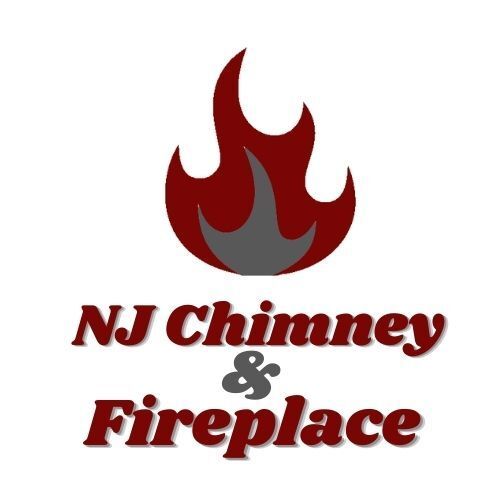The National Association of Home Builders says fireplaces are among the top three most desired features for a new homebuyer. As the popularity of fireplaces have grown so have the options and choices of the types and designs. Speak to one of our knowledgeable consultants today to help guide you in choosing the right one for you.
Fireplace Material Options
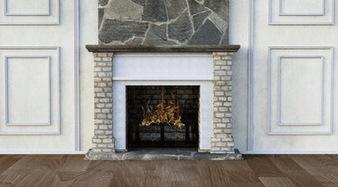
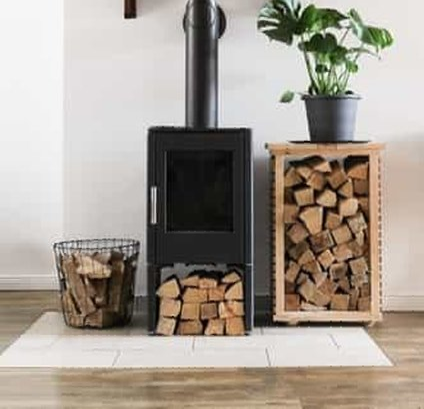
Wood Burning Fireplace
A wood burning fireplace is the fireplace that comes to mind when envisioning a typical fireplace. Although this is not the most energy or cost efficient kind of fireplace, it is a mood setter. It brings in a lot of warmth and heat but it also releases some heat up the chimney. When the fire dies down there will be soot and ashes that need to be cleaned up. Because you need to keep buying wood to burn, wood fireplaces or furnaces can add up monetarily. You also have to be super careful to have a yearly inspection and cleaning to ensure that the creosote, which is a natural product created when burning wood, does not build up in the chimney.
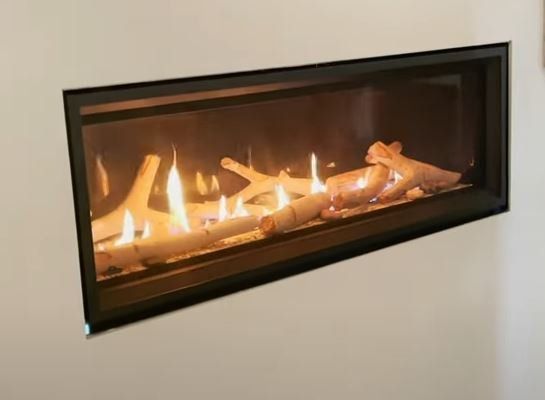
Gas Fireplace
A Gas fireplace burns natural gas which is a relatively inexpensive form of energy. It produces much less pollutants into the air than wood. Although it releases less heat up the chimney, some warmth from indoors is lost up and out the vent.
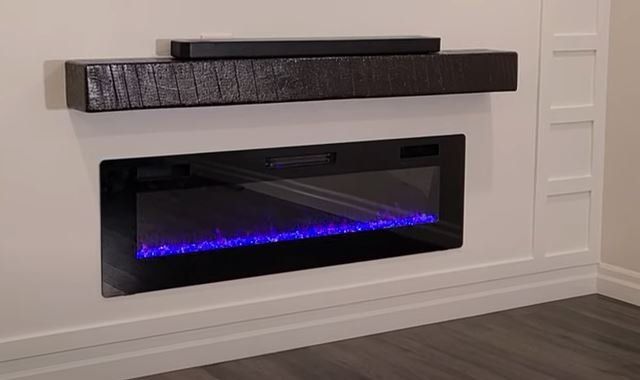
Electric Fireplace
An electric fireplace is the most energy and cost efficient option available today. All heat that it produces is used to warm up your home. No pollutants are released into the air and there is basically no maintenance or upkeep. It is also the safest option when there are children or pets around that can not be trusted near a fireplace.
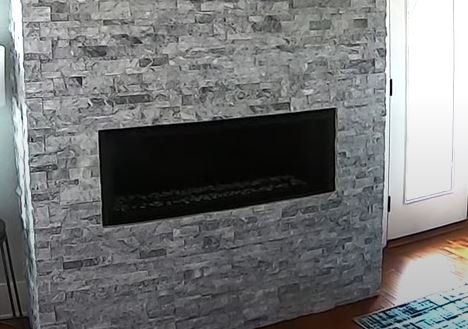
Vent less vs. Vented
Since unvented fireplaces have come to market, many have questioned their safety and integrity. Some states do not even allow them to be installed! The pros of having a vent free fireplace is that they are eco-friendly, easy to use, more affordable, produce enough heat to be used as a secondary heat source, and can be installed in practically any room in the house. The cons are vent less fireplaces release oxygen and carbon monoxide into the room which can cause a slight odor. They also do not look as realistic as the flames are directed through specific pipes and holes. Unvented fireplaces have safety features built in so no excess oxygen or carbon monoxide will leak into the the room. Not withstanding, people are still a bit wary of installing vent less fireplaces in their home.
